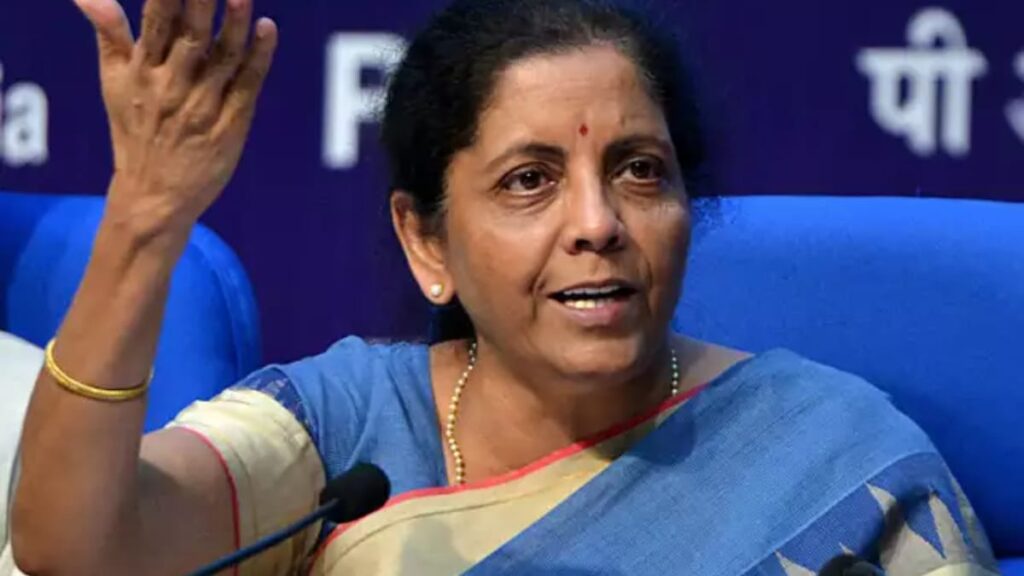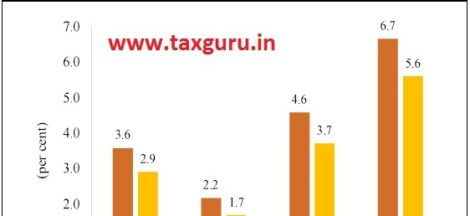NEW DELHI: Finance minister Nirmala Sitharaman on Tuesday made a strong pitch for free trade and globalisation even as a tariff war has erupted with the measures taken by the Trump administration in the US.
Replying to the debate on the Union Budget FY26 in the Lok Sabha, she also countered the criticism of achieving fiscal goals with a “cut” in capital expenditure and reduced allocation for multiple welfare schemes and social-sector programmes, by saying that the entire borrowings are practically used for capex.
“We ideally should have a situation, which should encourage free trade, (where there are) no restrictions… where we very strongly vouch for globalisation. (But) we see a lot more fragmentation.”
She added: “We need fiscal prudence (as) we are seeing rising debts…”
The FM noted that the government’s main goal in the Budget is to accelerate growth, uplift household sentiments, and encourage financial inclusion. The Centre aims to balance development necessities with fiscal prudence, she stressed.
The government is focusing on bringing prosperity to the villages along with making agriculture, MSMEs, investment and export the growth engines, Sitharaman added.
“There is a continuation of global conflict in the Middle East, Russia-Ukraine War continue…stagnation in global GDP and sticky inflation in the emerging markets are all vitiating the atmosphere in the entire developing economies,” noted the FM.
The Budget has pegged FY26 fiscal deficit target at 4.4% of the GDP, lower than 4.8% projected for the current financial year. Sitharaman also said there has been no cut in transfer to states and Rs 25.01 lakh crore will be transferred in FY26.
On capital expenditure, the FM highlighted that the effective capital expenditure is 4.3% of the GDP, and the fiscal deficit is 4.4%, for 2025-26.
Further, on the slide of the rupee against the US dollar, the FM cited former Reserve Bank of India (RBI) Governor Raghuram Rajan, and said that the recent depreciation of the Indian currency against the dollar is part of a broader trend, driven by the strengthening of the dollar against many global currencies. The minister stressed that this issue is primarily linked to the rise of the US dollar, rather than a specific concern with the rupee itself.
Since December, the Indian currency has depreciated 3% against the USD. Analysts say that it may further depreciate from the current levels–86.83 close on Tuesday–to 88 by end of March.
The FM also said that managing inflation is the government’s top priority, and highlighted that food inflation, which seems to be moderating in the current fiscal year, is being closely monitored and efforts are being taken to control it.
Focus on supply chain improvement and agricultural progress helped the National Democratic Alliance (NDA) government to bring food inflation down to 5.3% from 2014 to 2024, she said.
Source: The Financial Express




 Amid Global Tariff Turmoil, India’s Steel Imports Surge Even As Exports Drop Sharply
Amid Global Tariff Turmoil, India’s Steel Imports Surge Even As Exports Drop Sharply 